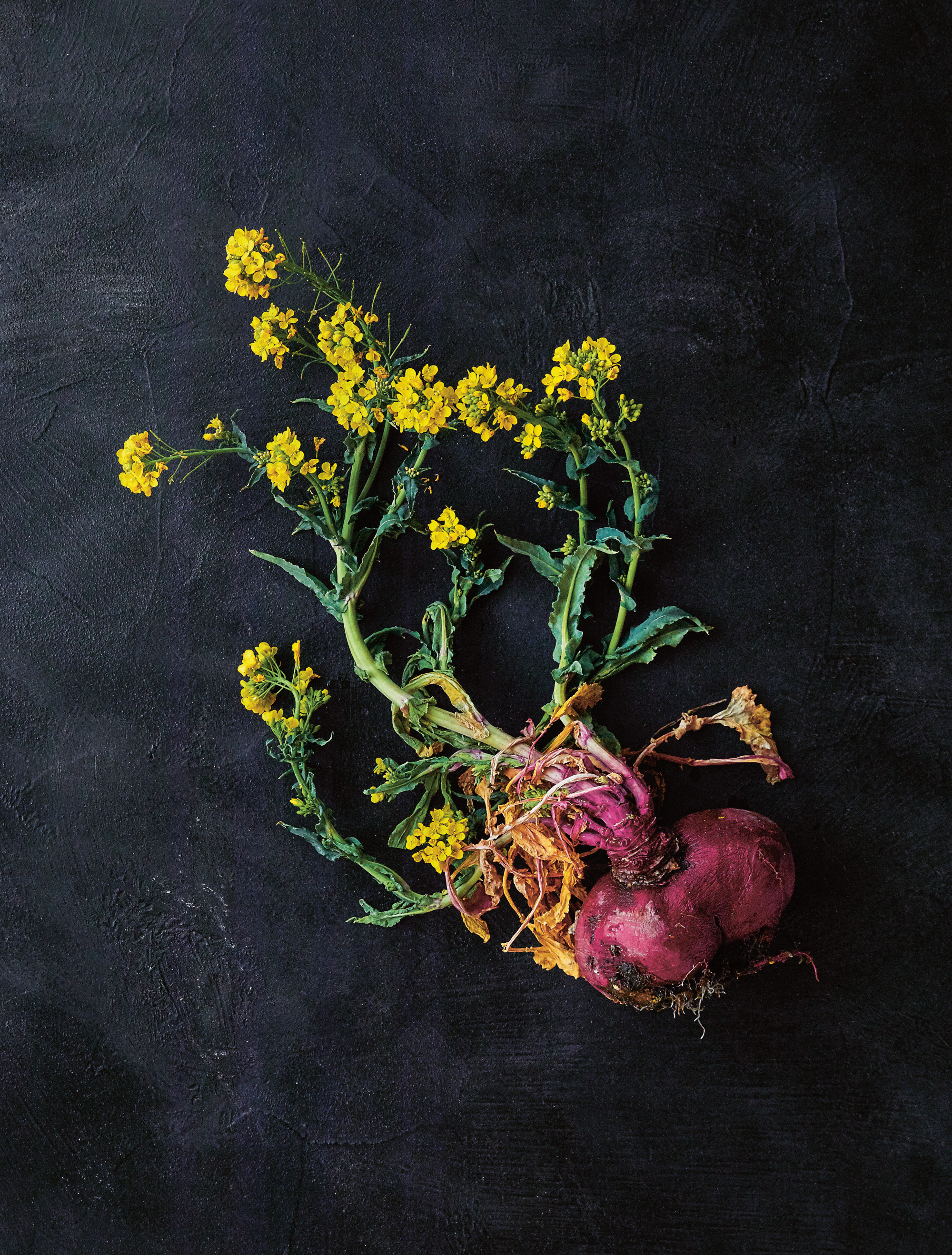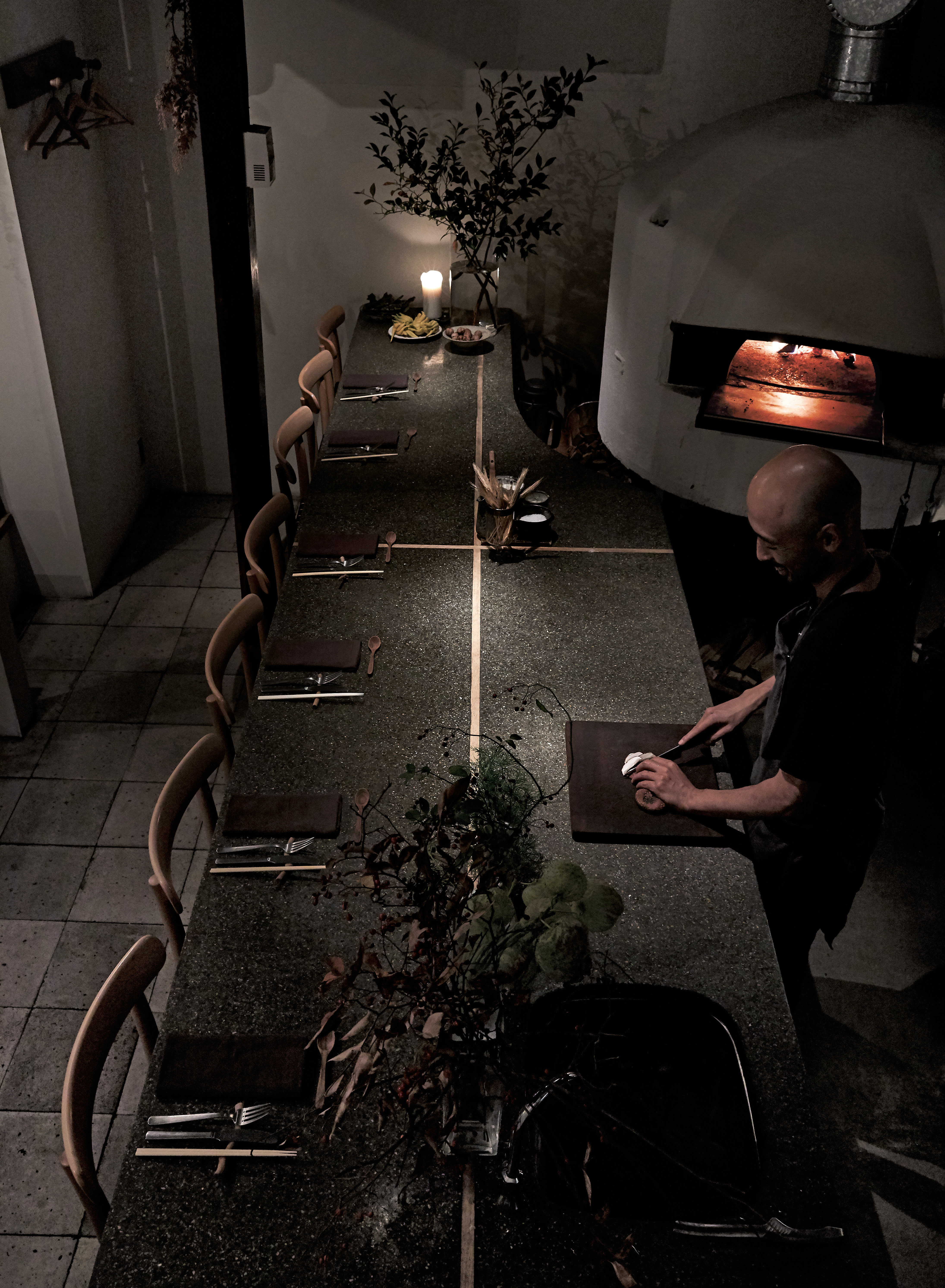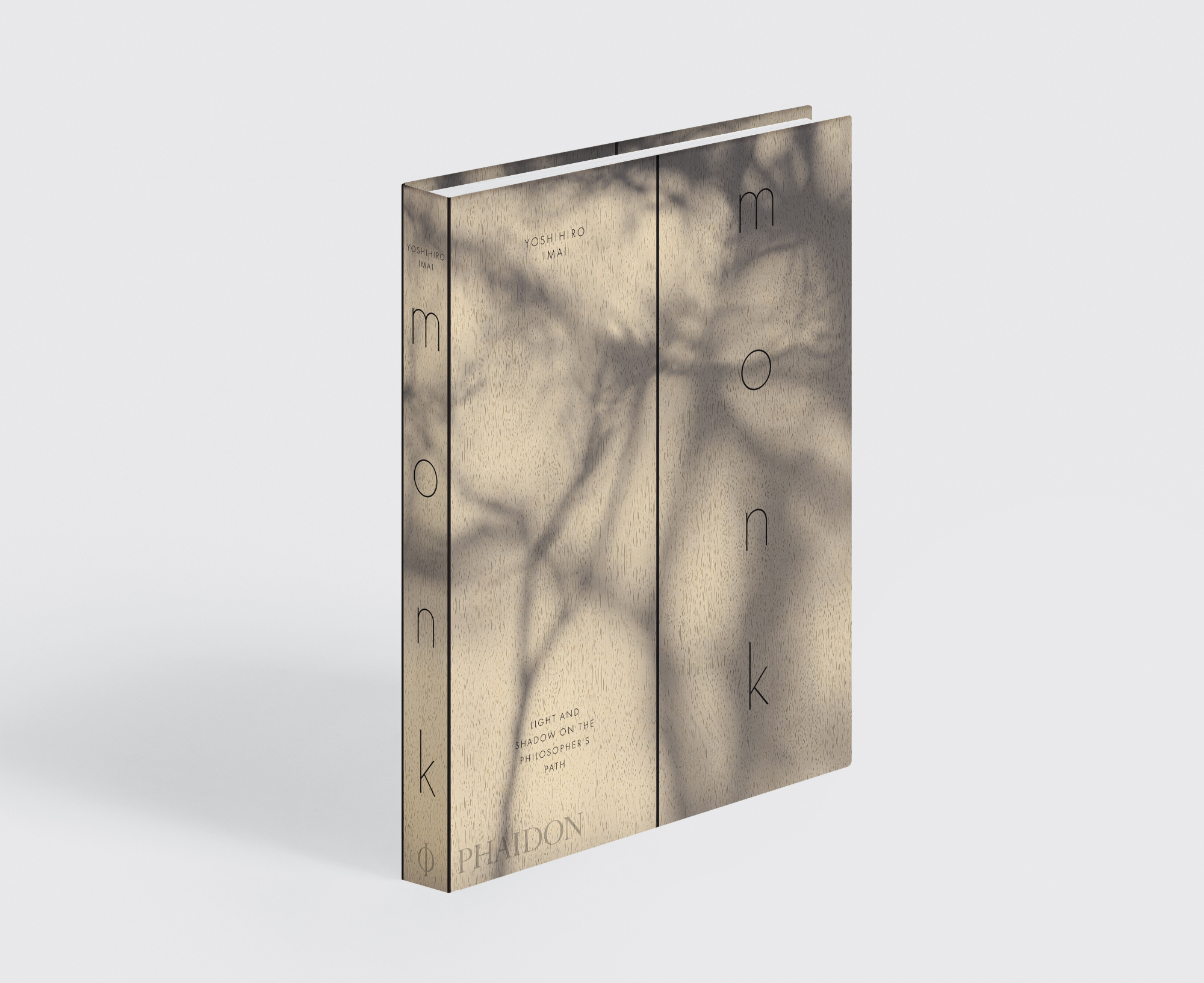
The wild flowers that fill monk with delight
Patron chef Yoshihiro Imai doesn’t just create the food at his 14-seat restaurant - he also looks after the floral arrangements
Why do diners come from all over the world to eat at monk, Yoshihiro Imai's 14-seat, seasonally inspired restaurant, set on the cherry blossom-lined Philosopher's Path in Kyoto?
The path is a canal-side route, once frequented by Kyoto University professor and acclaimed philosopher Nishida Kitaro and it's a fitting spot for Imai’s exacting, tranquil, contemplative restaurant, where he cooks over a fire, specialising in pizza, creating seasonal menus and favouring fresh, and sometimes wild local ingredients.
Yet the real pleasure for diners at monk is the way Iami turns a simple meal into a deeply spiritual experience. He labours over the dough, prizes the wild mushrooms, fresh fish, and incredible seasonal vegetables his region has to offer, and also works hard on the simple ambience of the place, putting great effort into the ceramics he serves food on, and the music he listens to, and even his own mood and habits.

“My work at monk is a direct reflection of how I live everyday life,” he says in our new book, monk: Light and Shadow on the Philosopher's Path, “How I work; what I experience when I visit the farms in the sun, wind, and rain; how I spend my time with my family and friends; the kind of music I listen to or books I read; how I care for my body and soul. I believe all these things have an effect on the service each night, and can be felt by the guests.”
So, it goes without saying that the chef also oversees his restaurant's floral arrangements. “The wild flowers and plants in the restaurant are gathered from the market or forests and farms each morning, and are quite different from the composed shapes and colors of cultivated flowers,” he says. “Sometimes I choose just one quiet, delicate flower to highlight the negative space. Other times I select a bundle of flowers to create volume, and arrange them in a way that feels free and full of life. Even insect-eaten or withered plants have a surprisingly sacred quality that the act of arranging brings out.
“Arranging flowers is like keeping a diary of one’s encounters with nature. While I’m walking through the farm or driving through the countryside, I keep an eye out for plants to bring back to the restaurant. With a pair of scissors in my pocket and a bucket of water and a small saw in the car, I’m always prepared to bring back what I come across.
“Though the plants grow abundantly in the mountains and farms, I still feel the sensation of cutting off a life source as I clip the scissors,” he admits. “But along with the morning fog on their leaves, their energy brings the untamed nature of the farms and mountains into the restaurant. My hope is that my guests can sense the raw energy of these wild plants on some level during their time at monk. In praise of nature, I arrange the flowers around the restaurant each day, folding in a prayer that the time my guests spend at monk will be energizing and full of delight.”

To better understand this wonderful, spiritual restaurant, order a copy of monk here.